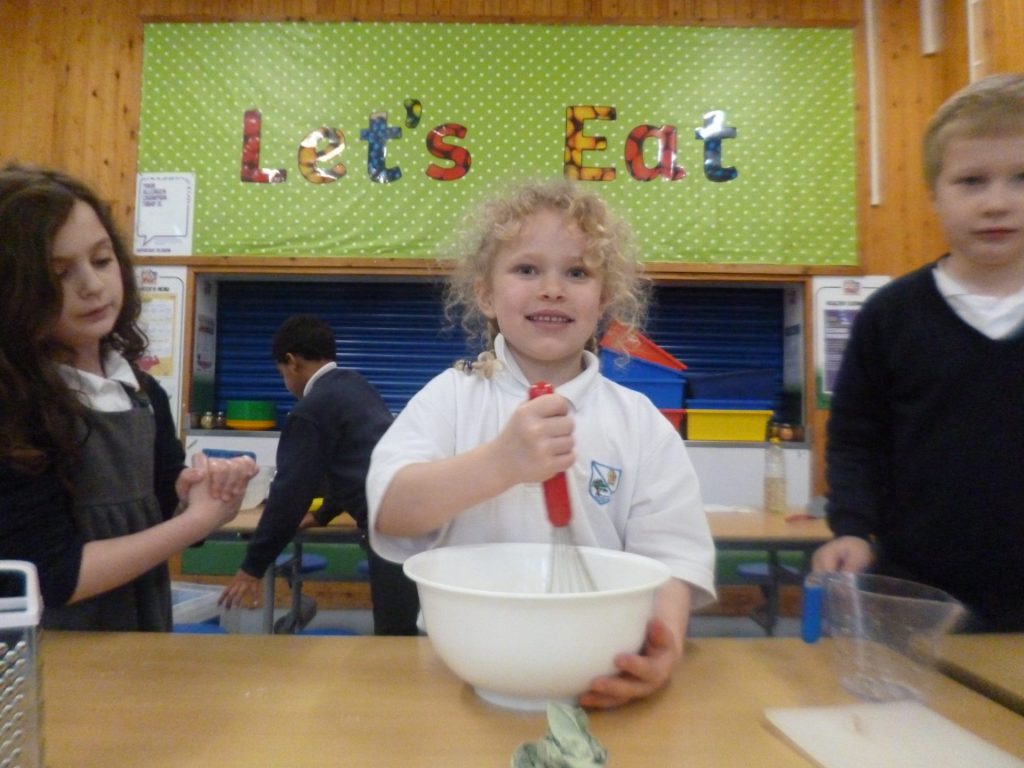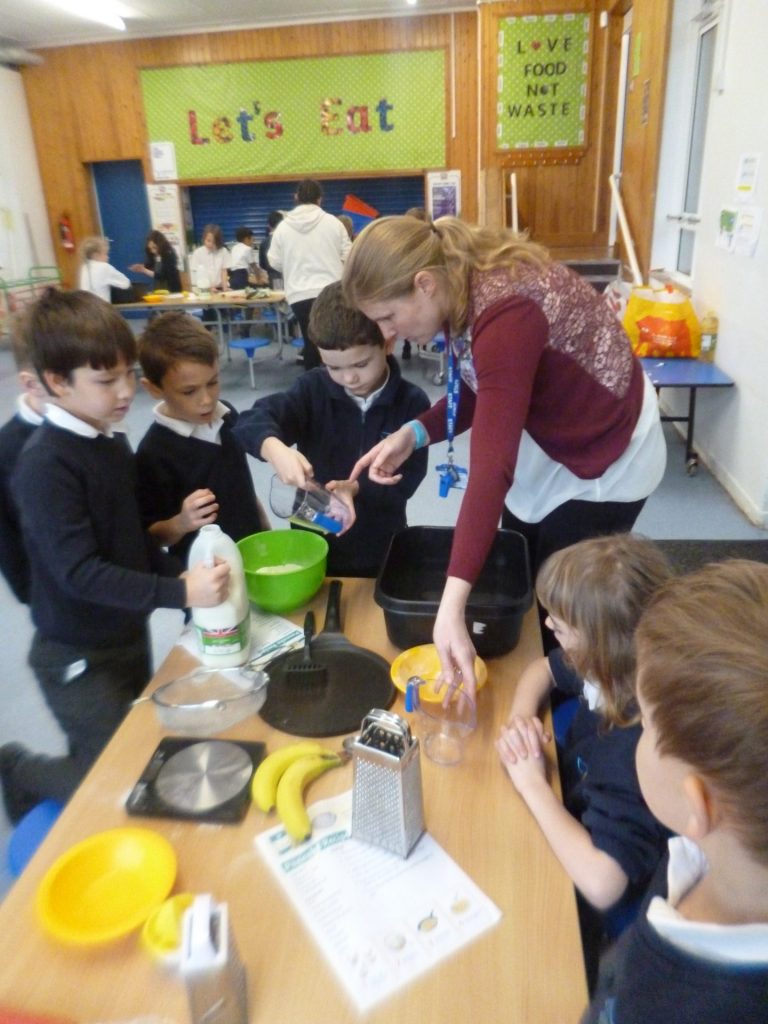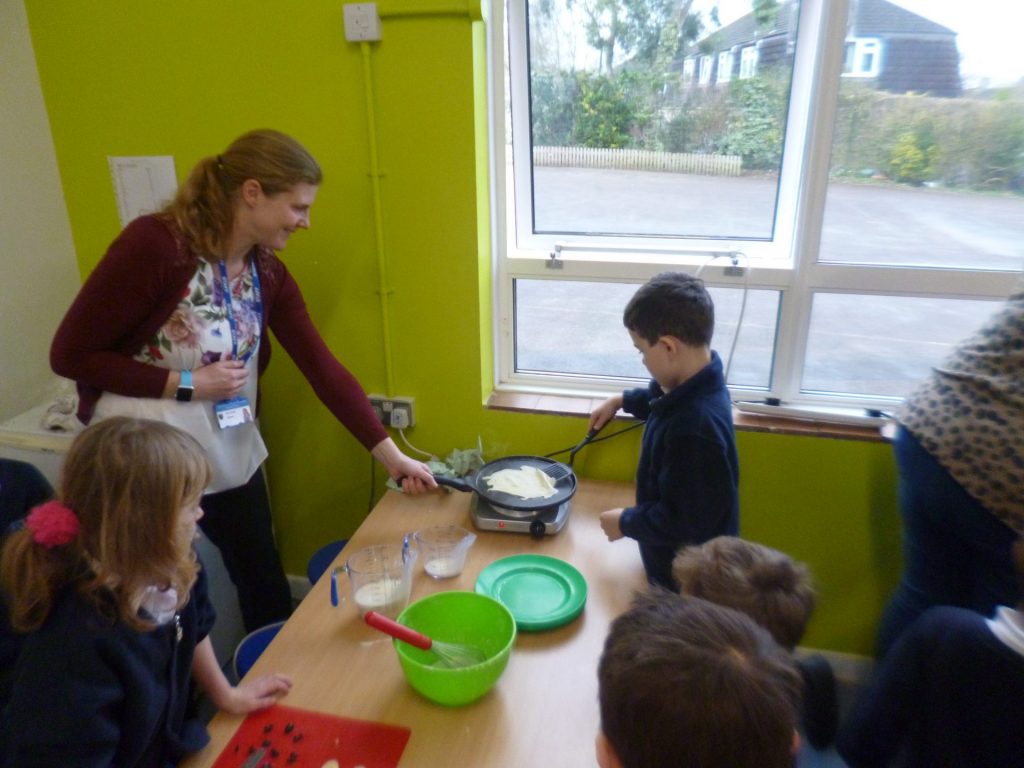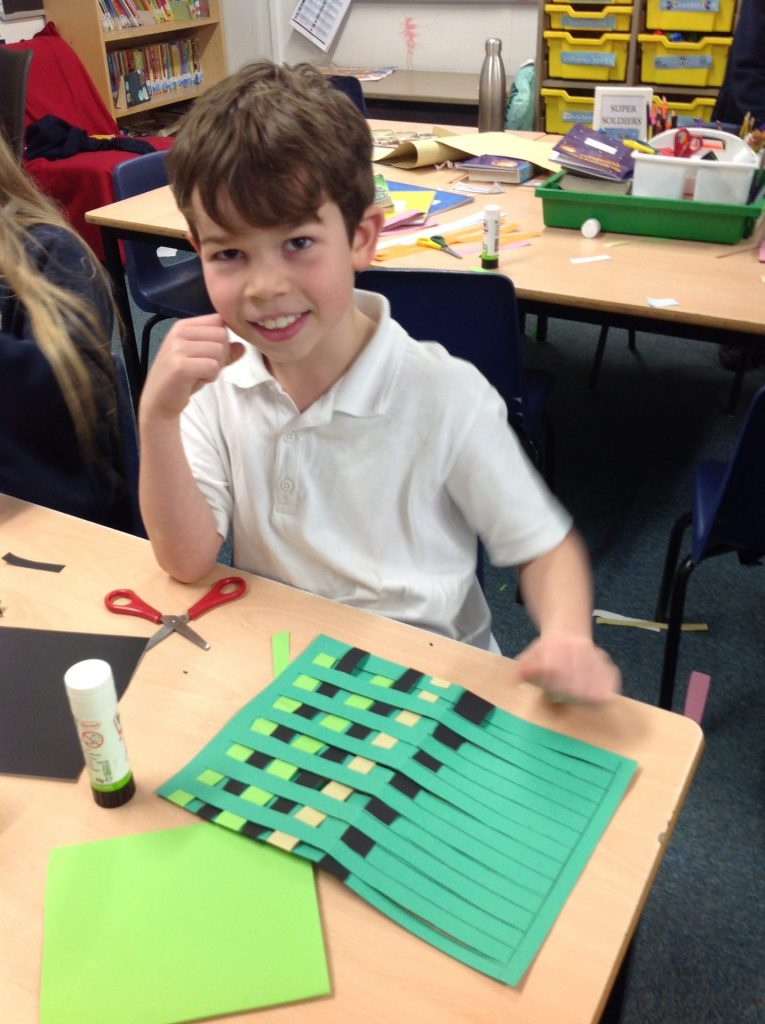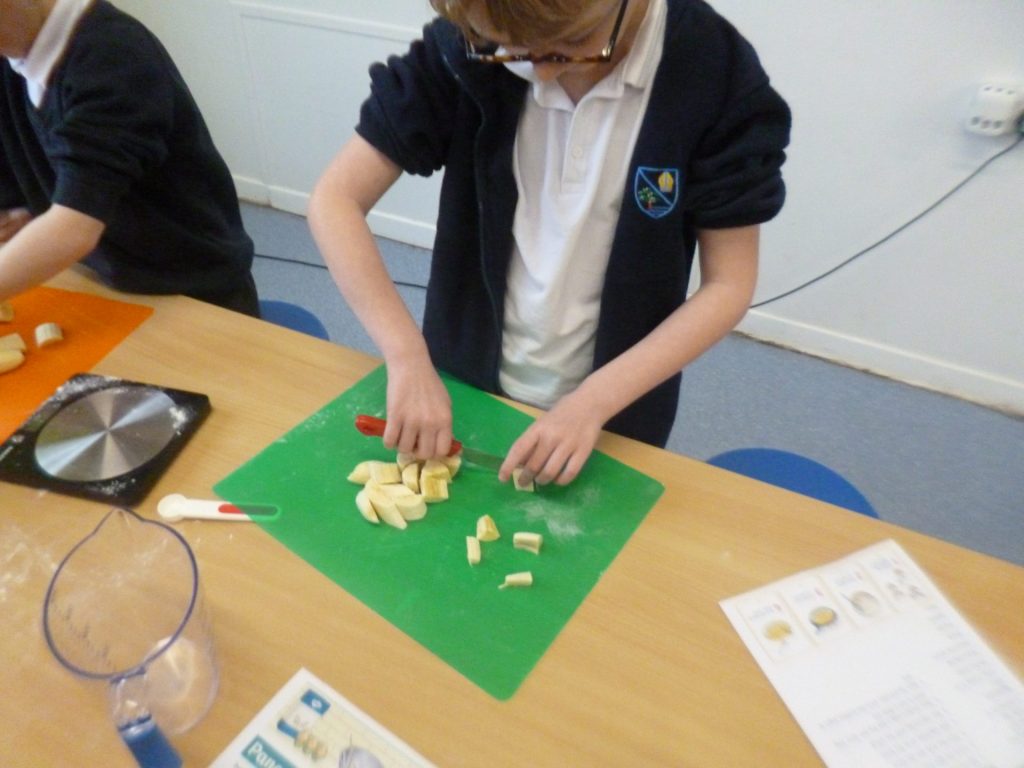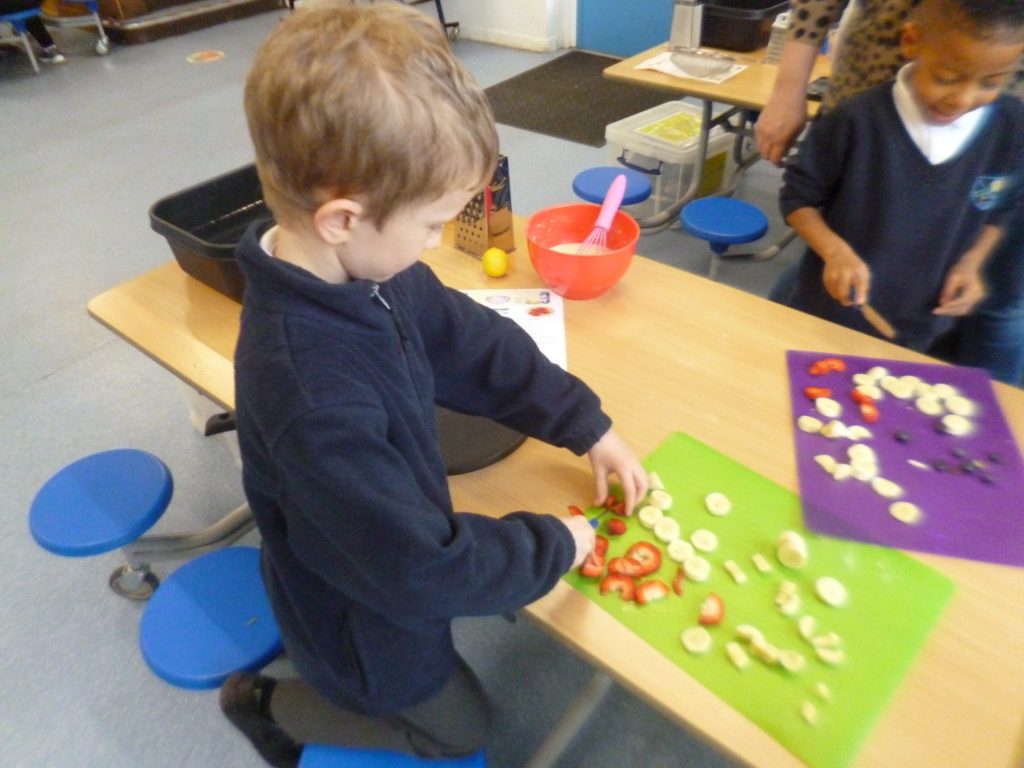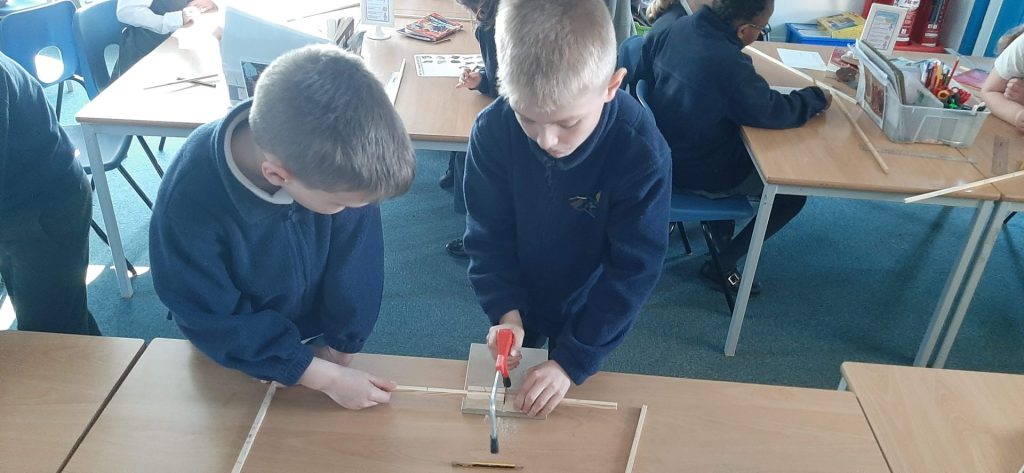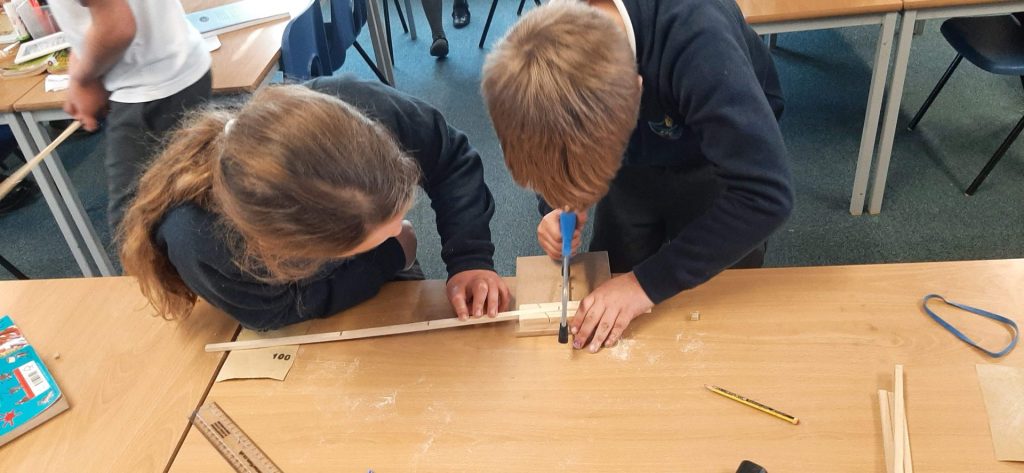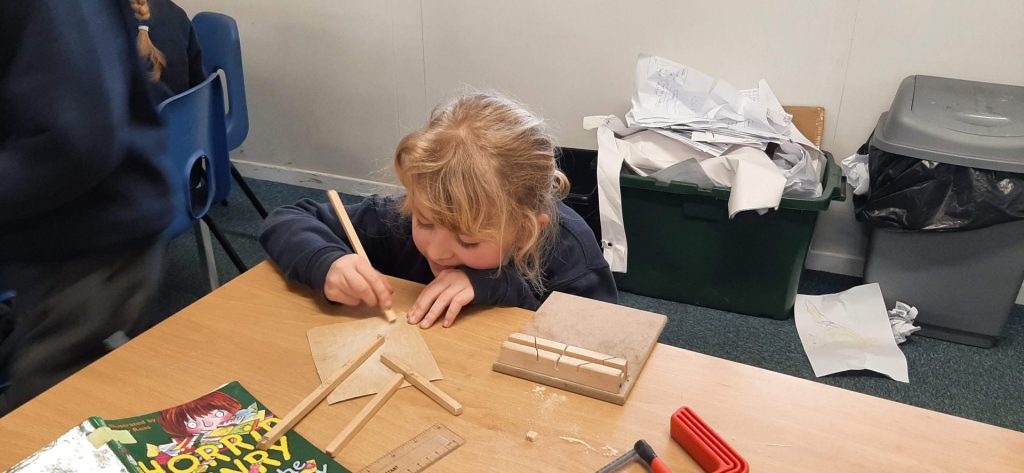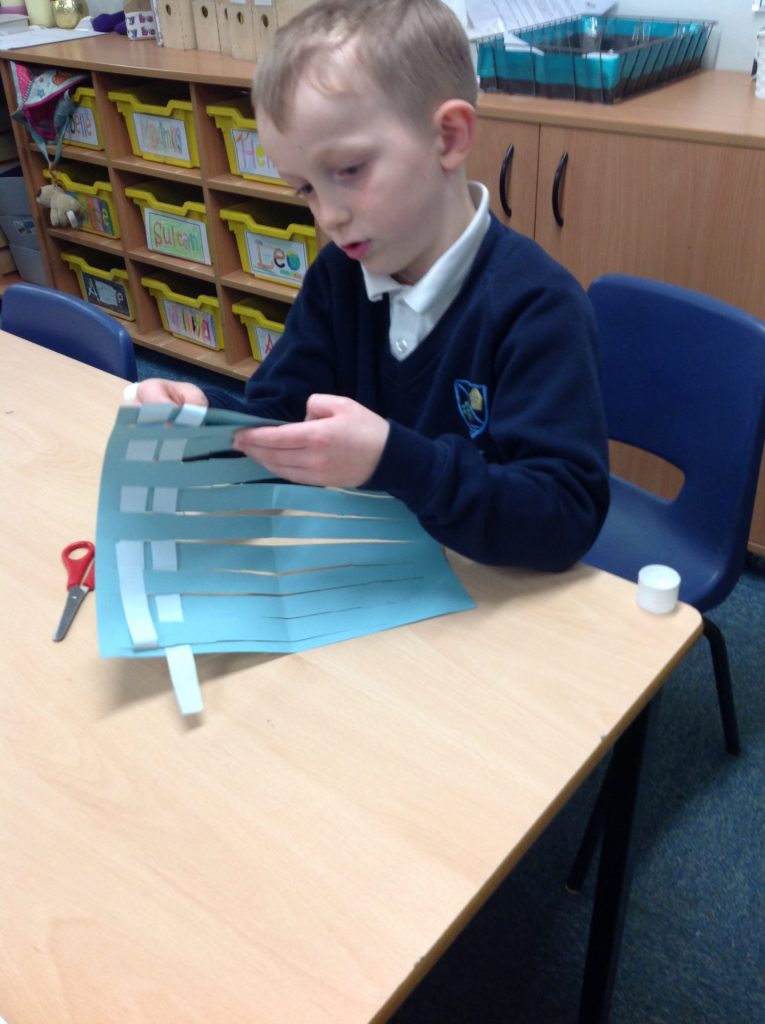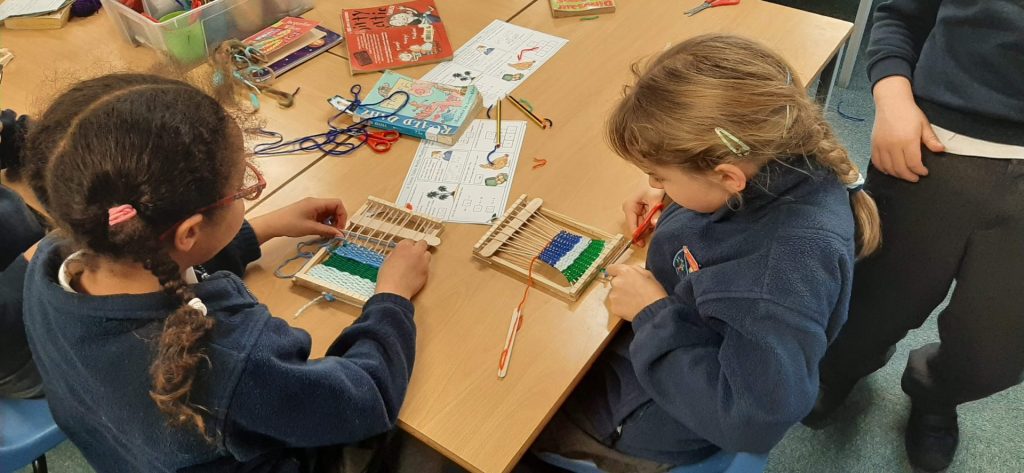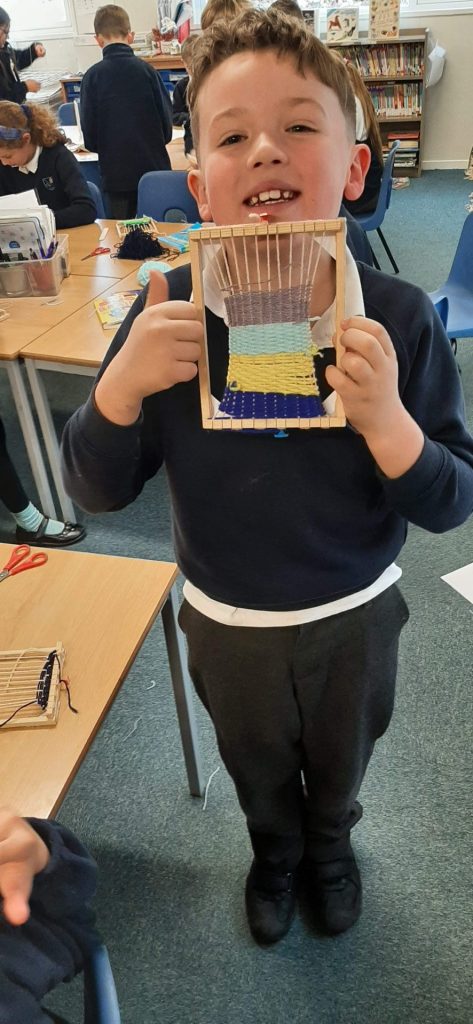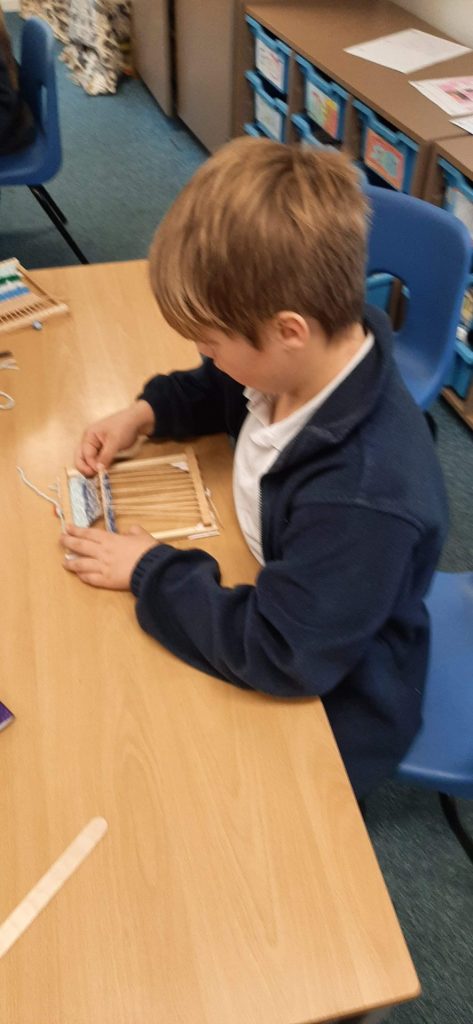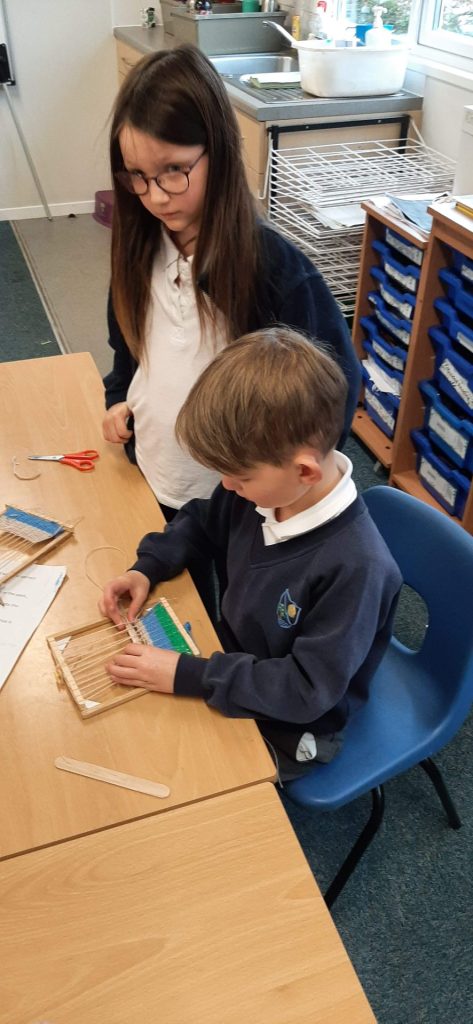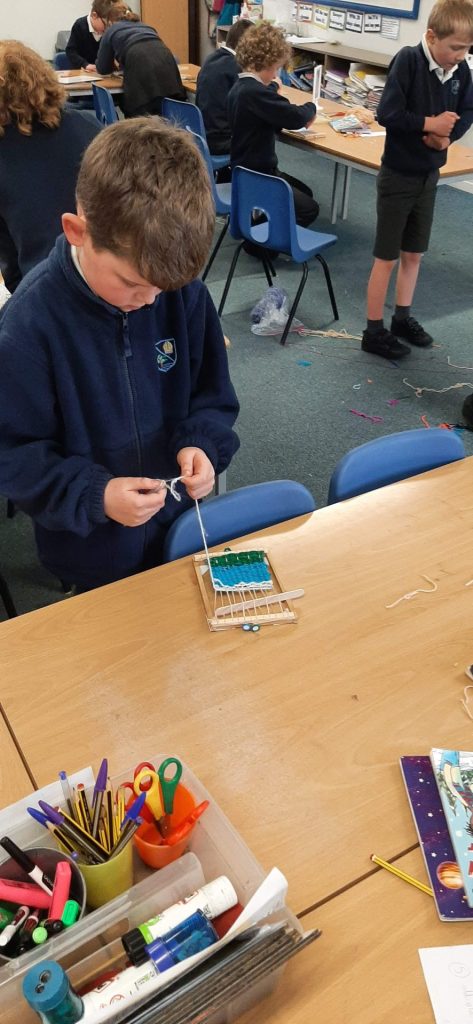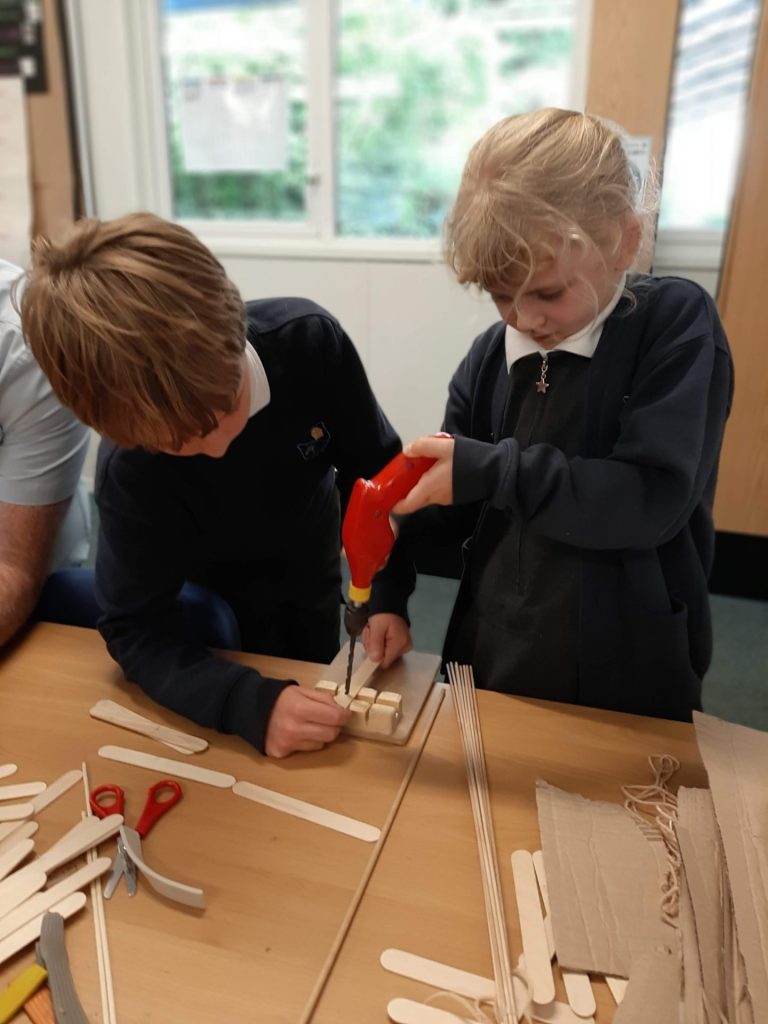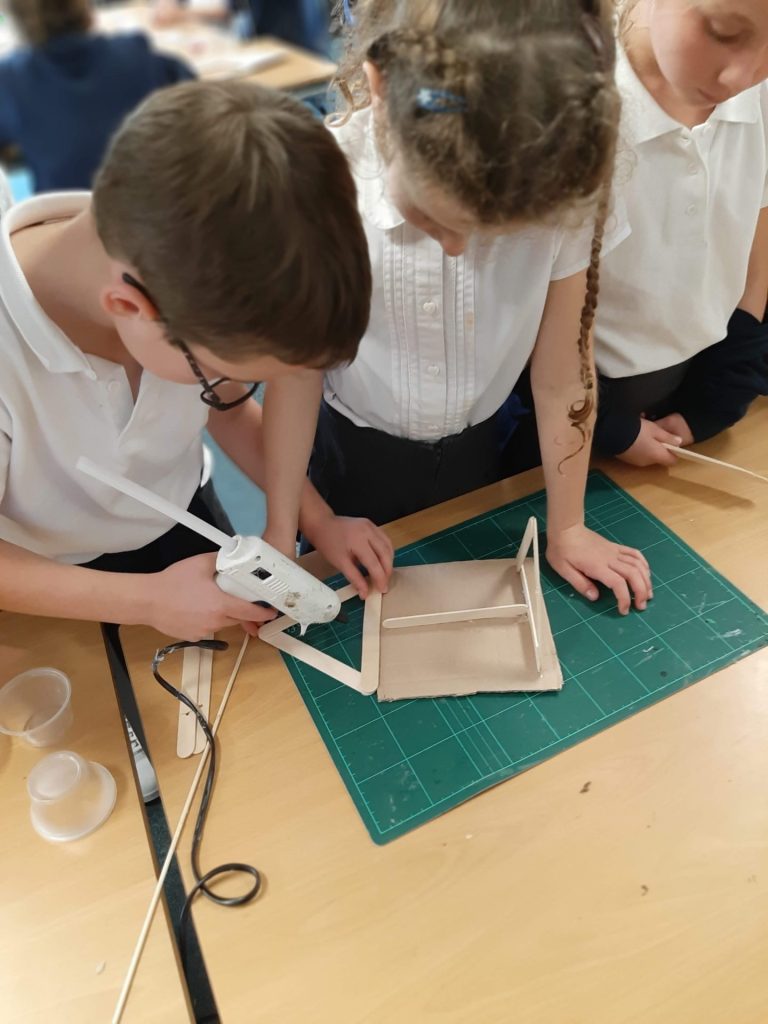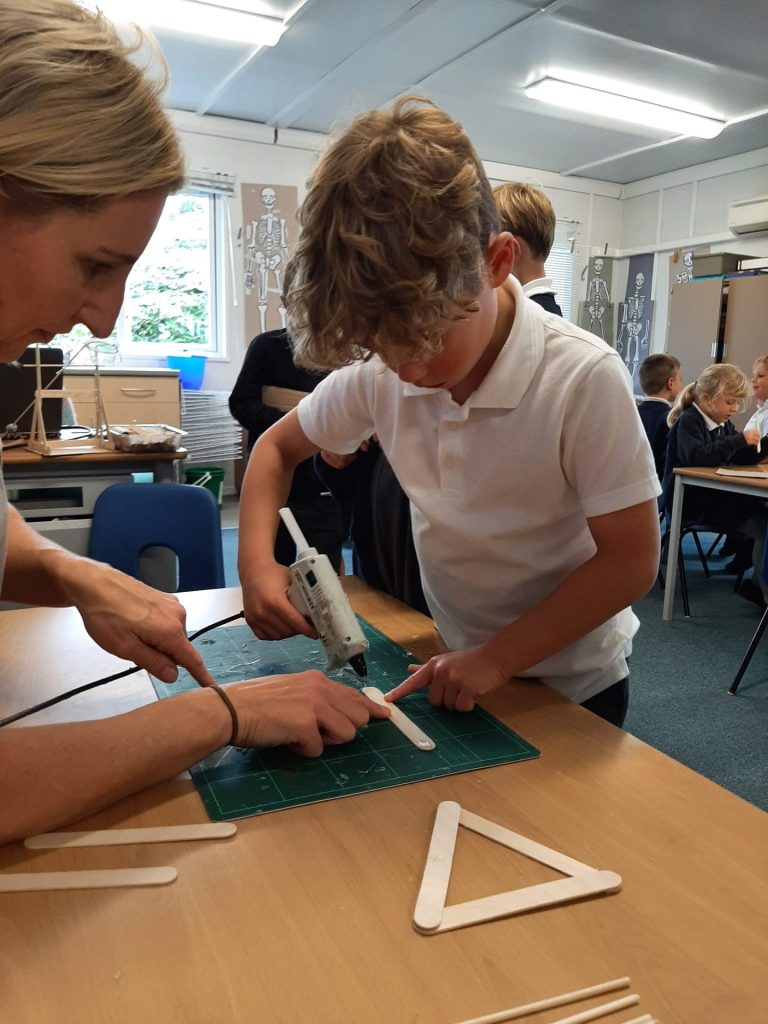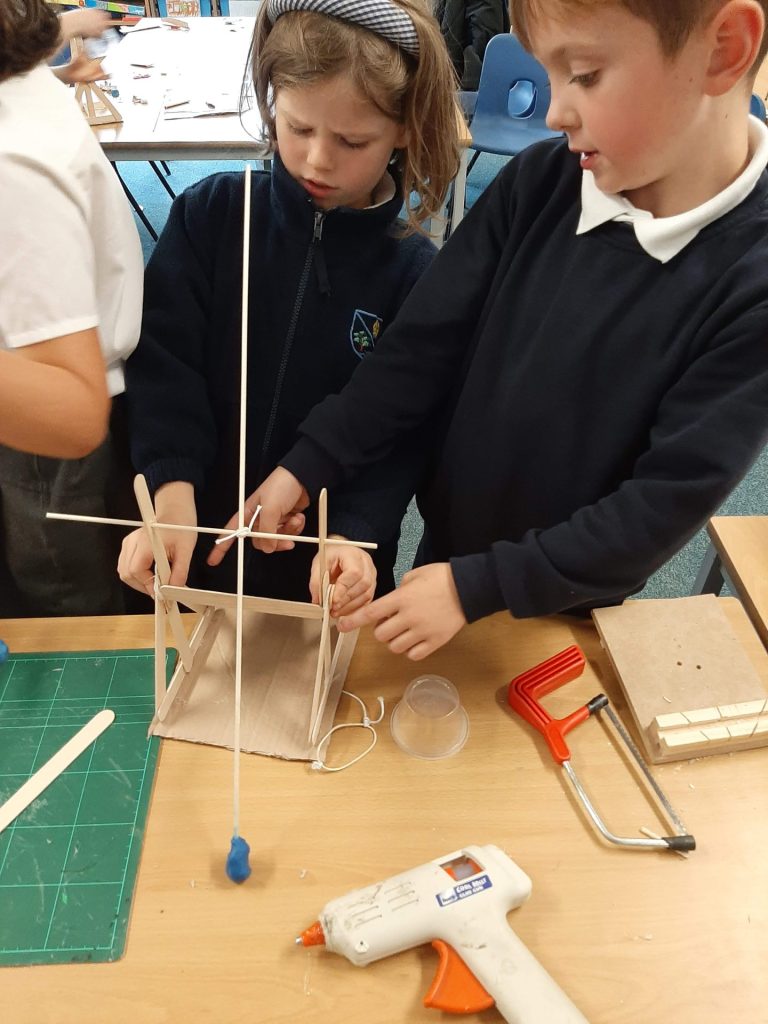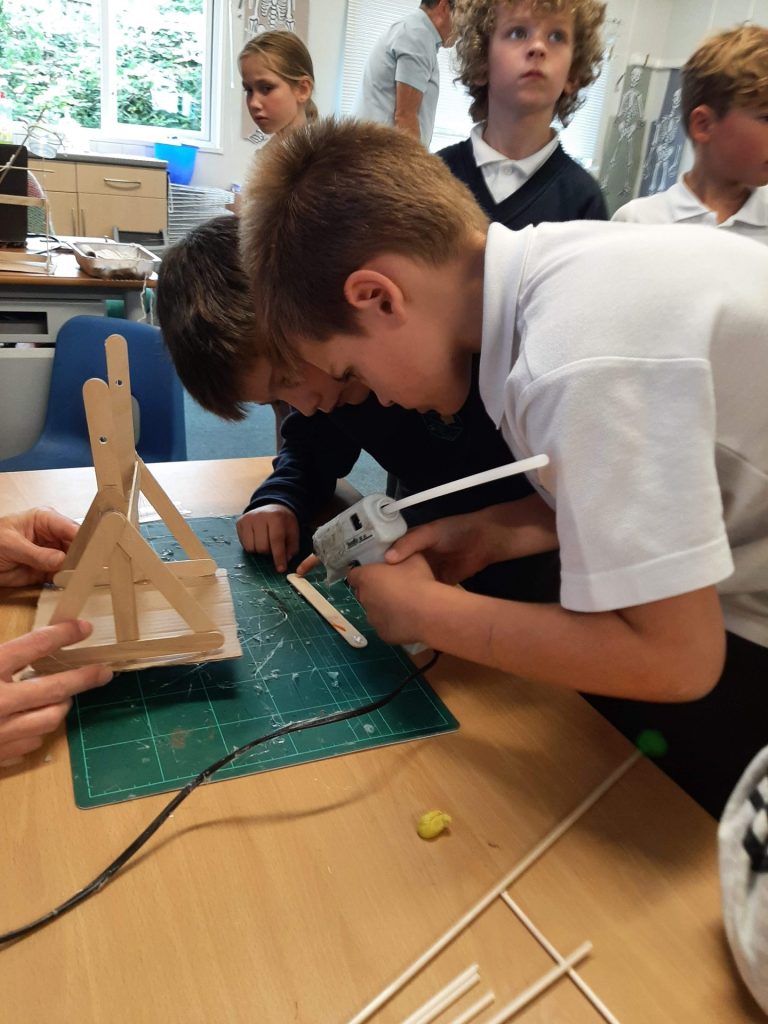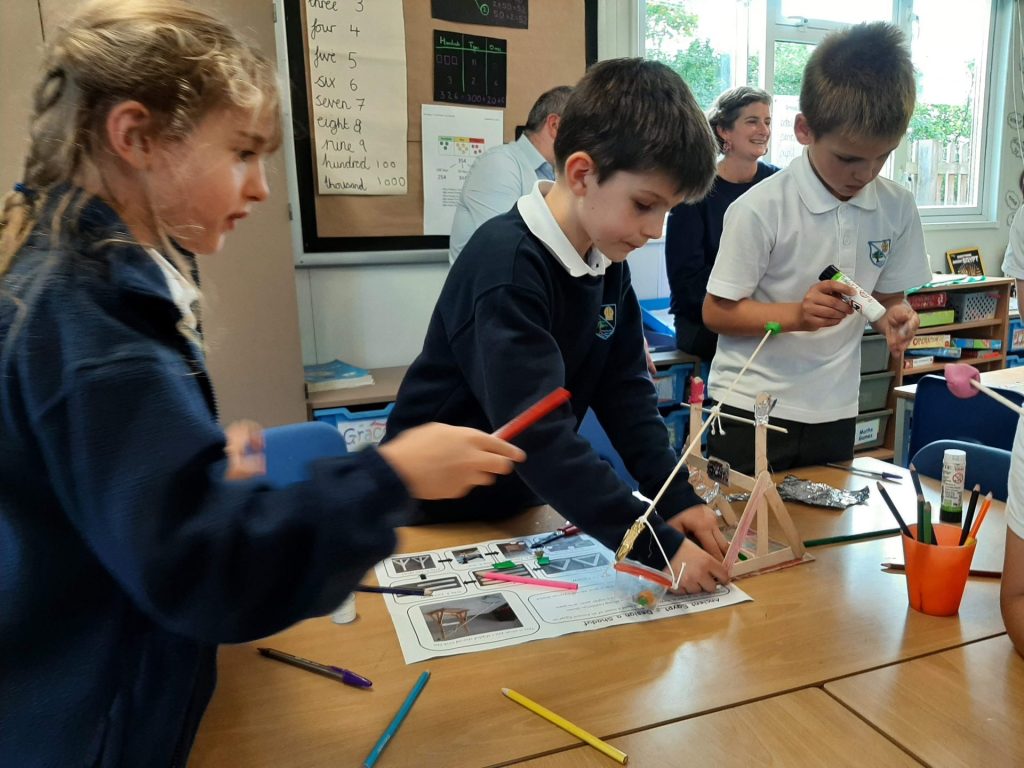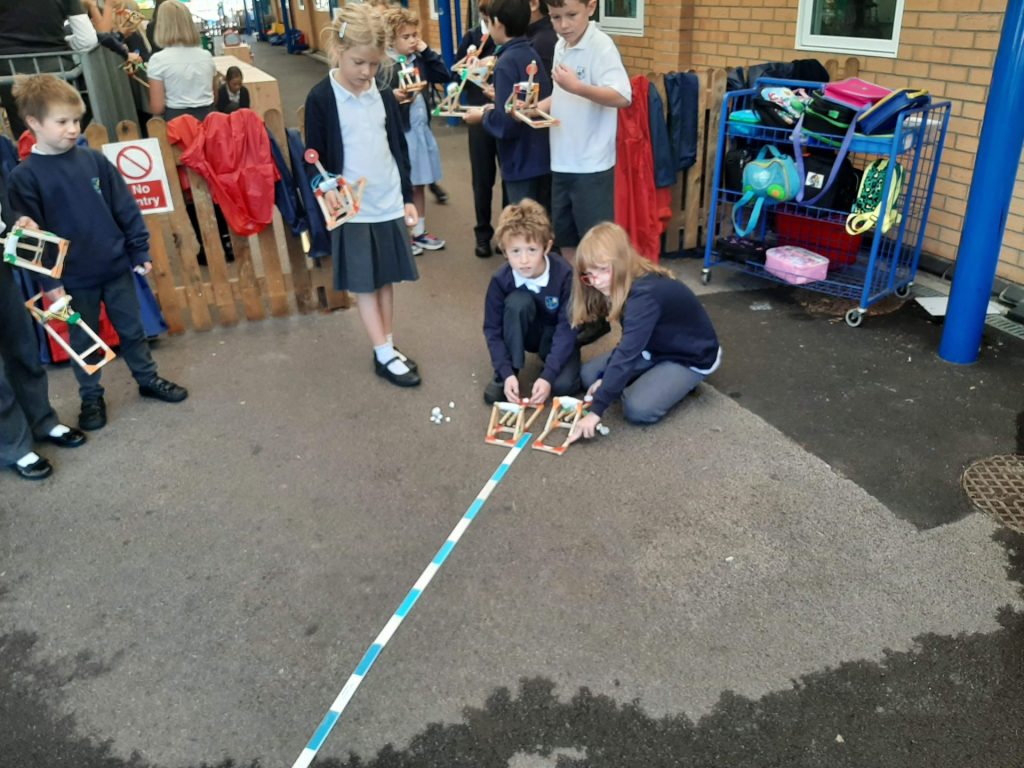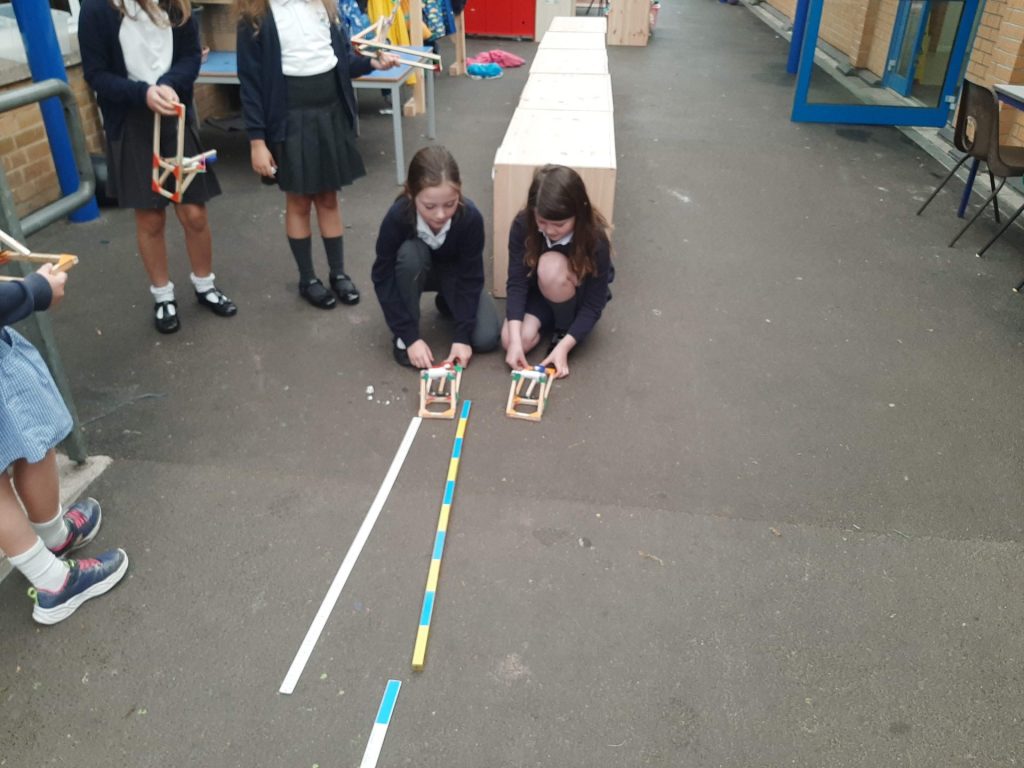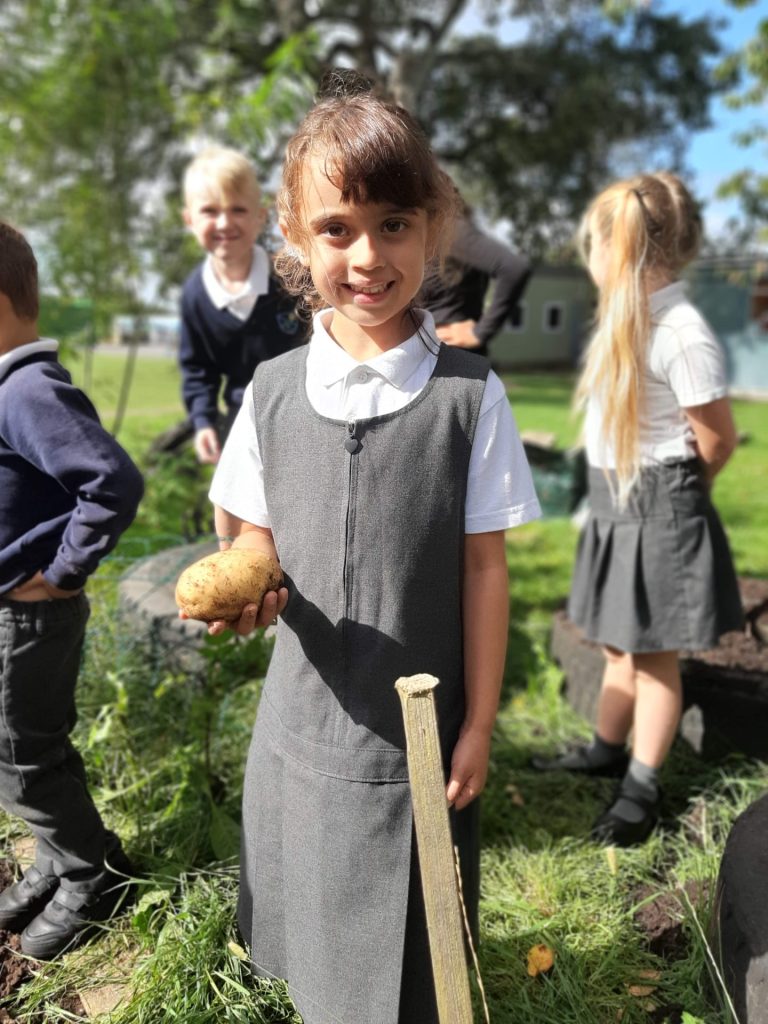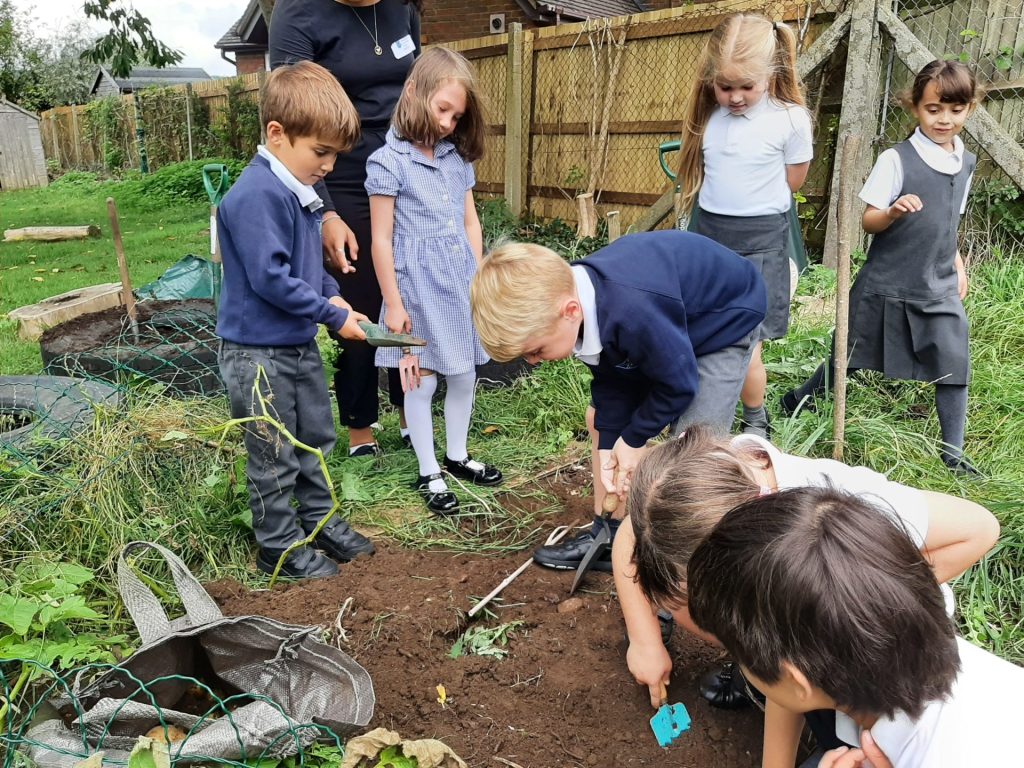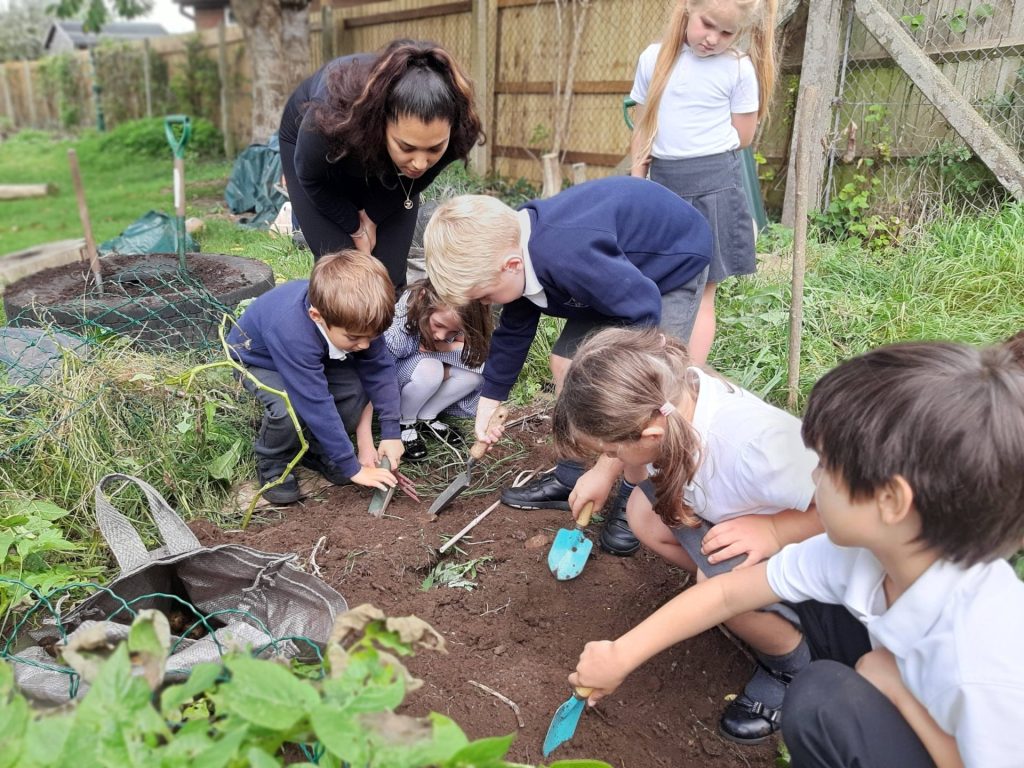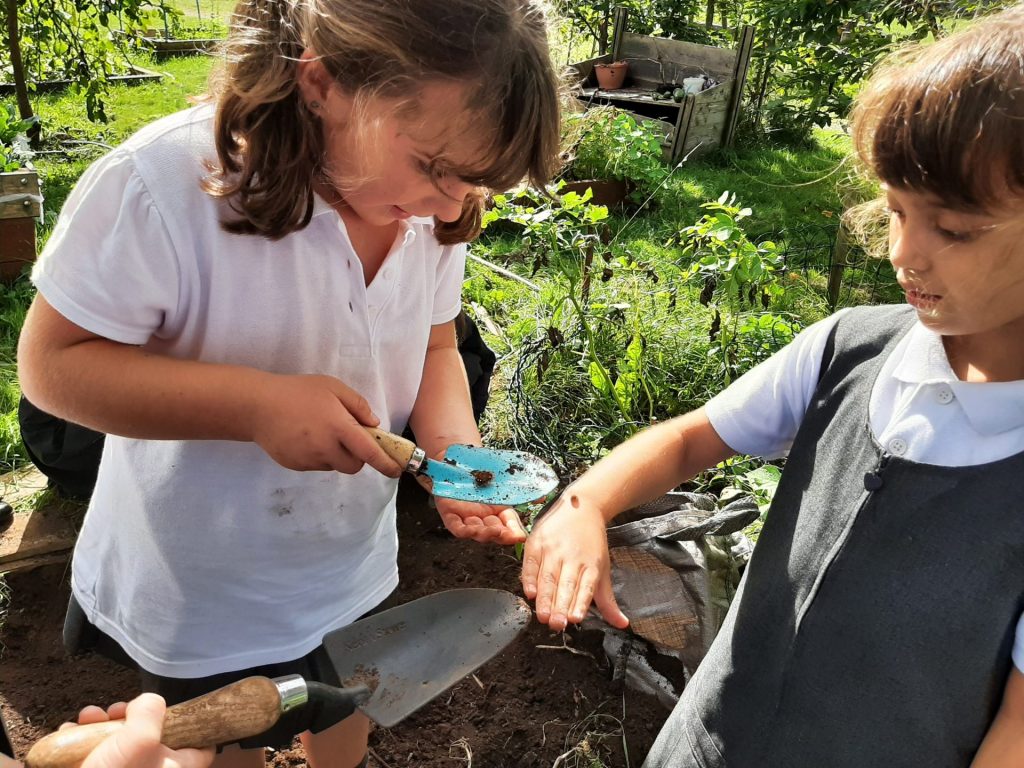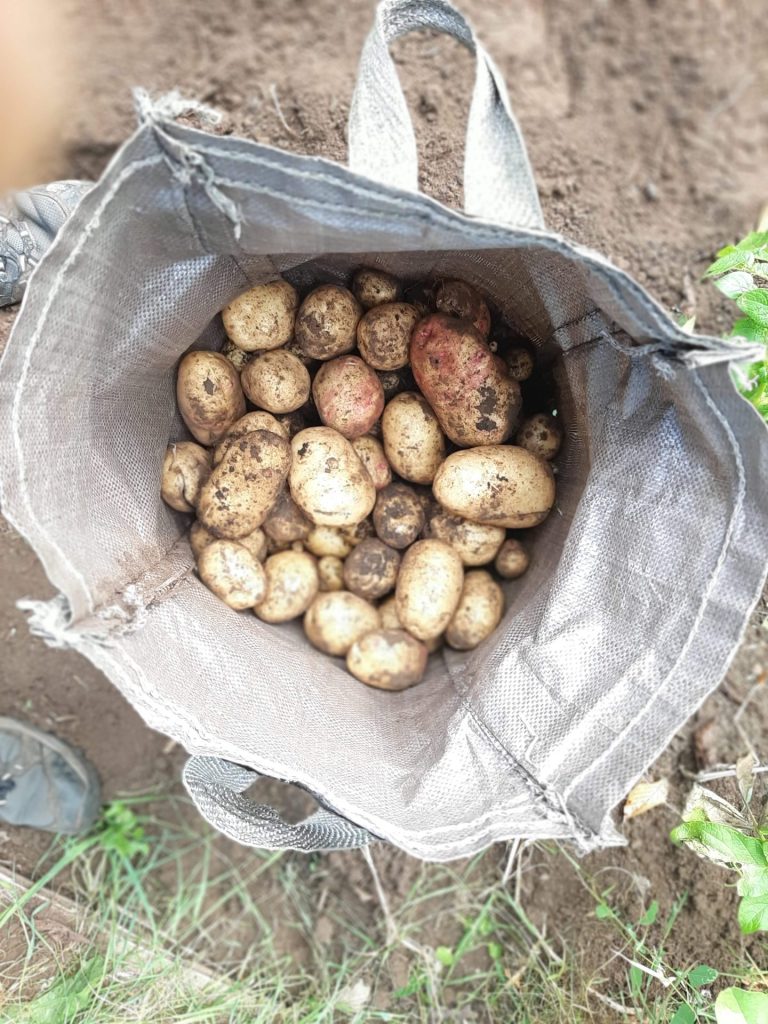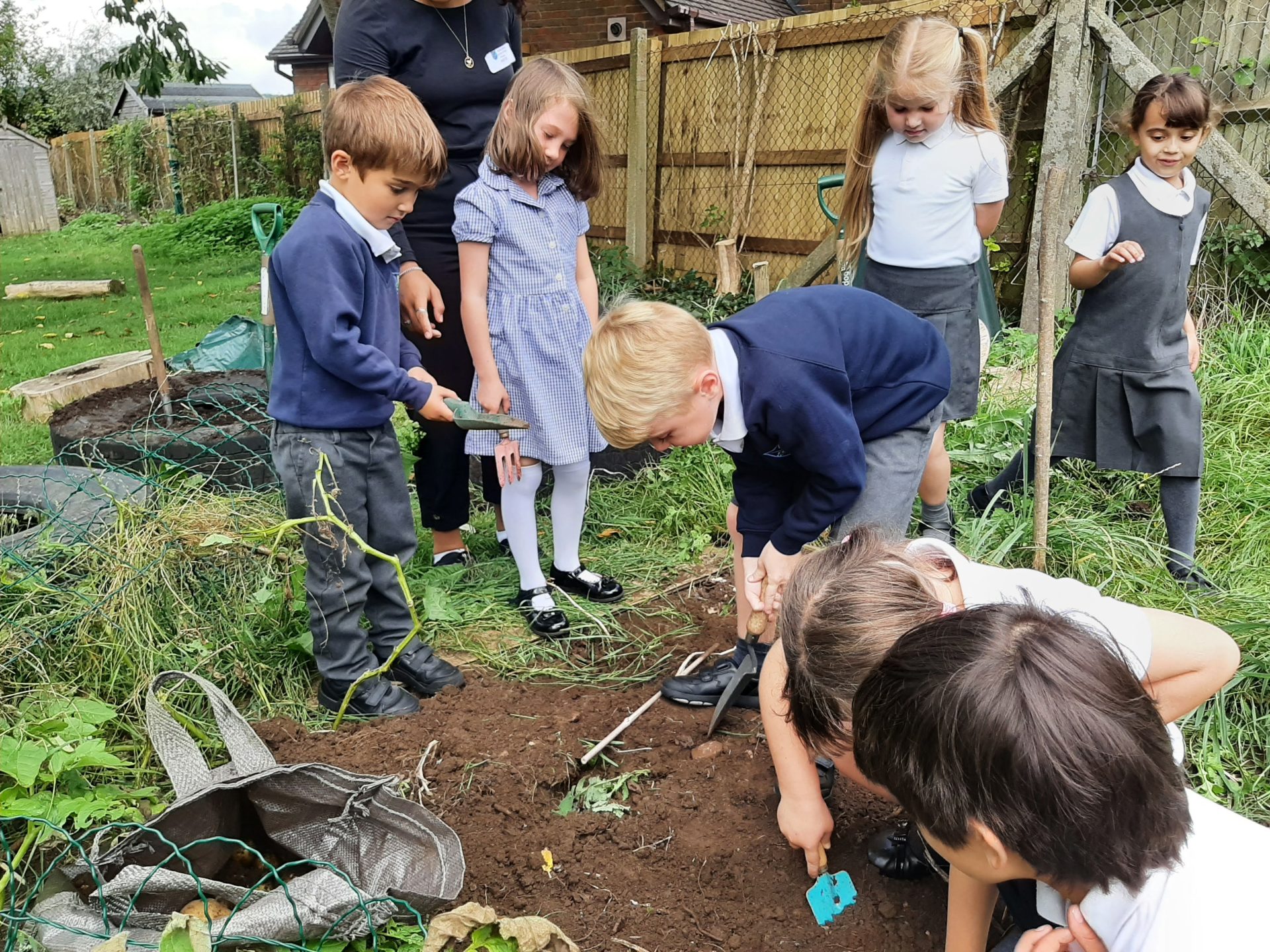Design and Technology in primary schools develops children’s skills and knowledge in design, structures, mechanisms, electrical control and a range of materials, including food.’ It encourages children’s creativity and encourages them to think about important issues.
– Design and Technology Association
At Stoke Bishop we believe that DT enables children to implement skills learnt maths, English and science in a practical and fun manner. It helps to establish a context for the children’s learning that makes it easier for them digest what they are taught. It provides opportunities to develop skills, knowledge and understanding of working designs and helps the children to understand the progression of the designed and made world in which we all live and work.
Intent
At Stoke Bishop, Design and Technology (DT) is an essential subject that nurtures creativity, problem-solving skills, and practical abilities. We aim to provide a comprehensive DT curriculum that enables children throughout the school to develop a deep understanding of the design process, and empowers them to create innovative solutions to current and potential future real-world problems. Furthermore, our curriculum provides children with a rich learning environment in which to apply the skills and knowledge acquired in other subjects.
Implementation
Our Design and Technology curriculum, which is developed around the National Curriculum, is hands-on, interactive and experiential. Through a sequence of lessons that are linked to their class’s enquiry, children learn about how past technological developments resolved problems and helped to develop the world in which we now live. Children are encouraged to explore and experiment with a range of materials, tools and techniques to create and design products. The lessons are structured to include both teacher-led instruction and child-led activities. This helps to promotes collaboration, communication, and independent thinking among our children.
The DT curriculum will be structured around key concepts such as designing, making, evaluating, technical knowledge cooking and nutrition. Children engage in a variety of design projects, utilising materials and tools relevant to their age and capability, and build on previous learning. They learn to sketch and annotate their designs, select appropriate materials, and use tools safely and effectively. Through practical activities, they acquire skills in construction, assembly and problem-solving, enabling them to bring their designs to life.
Extra curricular activities such as developing and maintaining the school’s garden and nature areas, growing plants from seeds and building new school structures provides children with informative and practical experiences that are both rewarding and memorable. Past examples include building a WW2 style air-raid shelter and the building of the school’s polytunnel and garden.
Impact
Assessment in DT is multifaceted, focusing on both the process and the final outcomes. Children are evaluated on their ability to generate ideas, make informed design choices, and critically evaluate their creations, based on pre-established design criteria.
Children are encouraged to test their creations, reflecting on their design decisions and consider ways to improve their work. Written reflections, presentations, and practical demonstrations of their designs, help teachers gain an understanding of the impact of the projects. Peer assessments and self-assessment also play a role in promoting collaboration and self-reflection.
